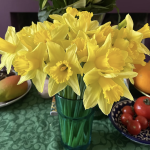On smartphones
I was away from this Substack space for a few weeks, resting and travelling. I visited friends in Oxfordshire one weekend and went to Paris last weekend. Hence my silence. It is essential for me to pause and stay quiet sometimes. Silence helps me think. Taking time off the usual daily and weekly routine and changing my location helps me gain a little bit of perspective on my life and myself, too.
I found it so helpful to reconnect with friends from the Shire (as I like to call Oxfordshire) and a week later to reconnect not only with continental culture but also with my homeland. It’s healthy to feel a sense of healthy connection with our roots and our heritage – we humans need a sense of our story for the healthy development of our identity. When we face life challenges and start to feel unwell, we can ground ourselves in our culture, our heritage, and the stories of our people – especially the giants who came before us.
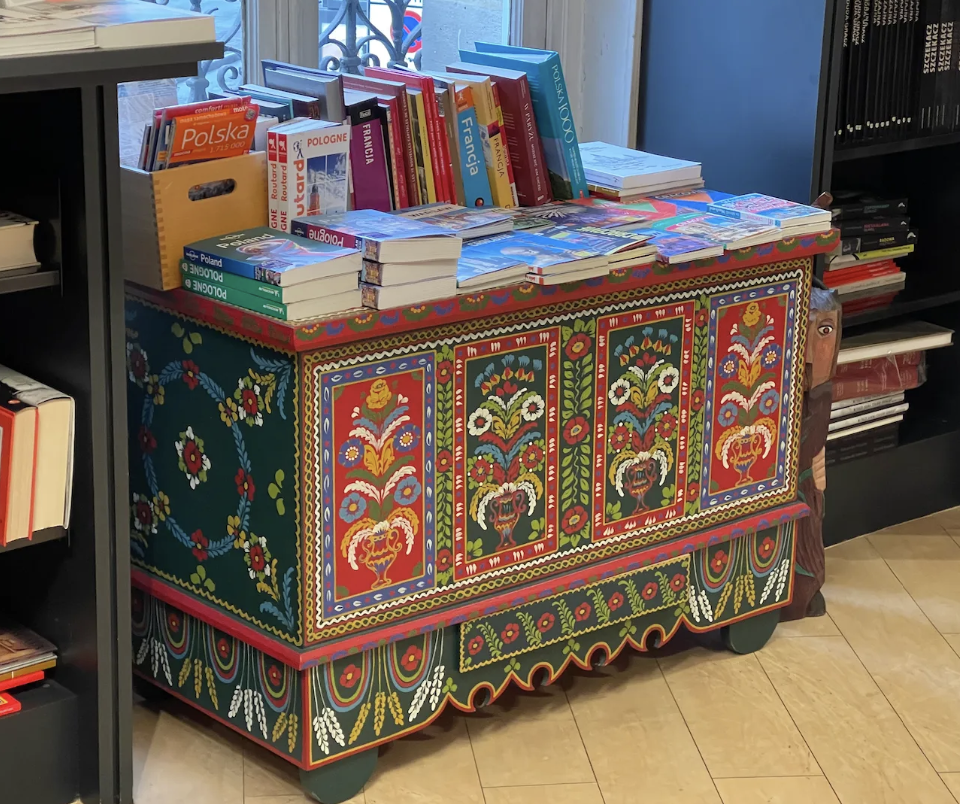
Polish Bookstore in Paris, Polish folk art
France has strong links with Poland, you see. I spoke Polish to the salesmen under the Eiffel Tower. I came across the Polish Bookstore, so I was able to purchase a Polish edition of my favourite book by the activist Nobel Prize winner Olga Tokarczuk. I visited the grave of Maria Skłodowska-Curie and her husband Pierre, resting in the Pantheon. I feel a strong personal connection to Curie because my parents were also educational activists. Besides, I find her time incredibly fascinating and ever so critical for the history of psychology, too. It was when Freud laid the foundations of modern psychology, hugely influenced by his learnings of Charchot’s Parisian hypnotism studies. Paris was the hub of science and critical thinking, so it was so exciting to walk the streets of this magnificent city.
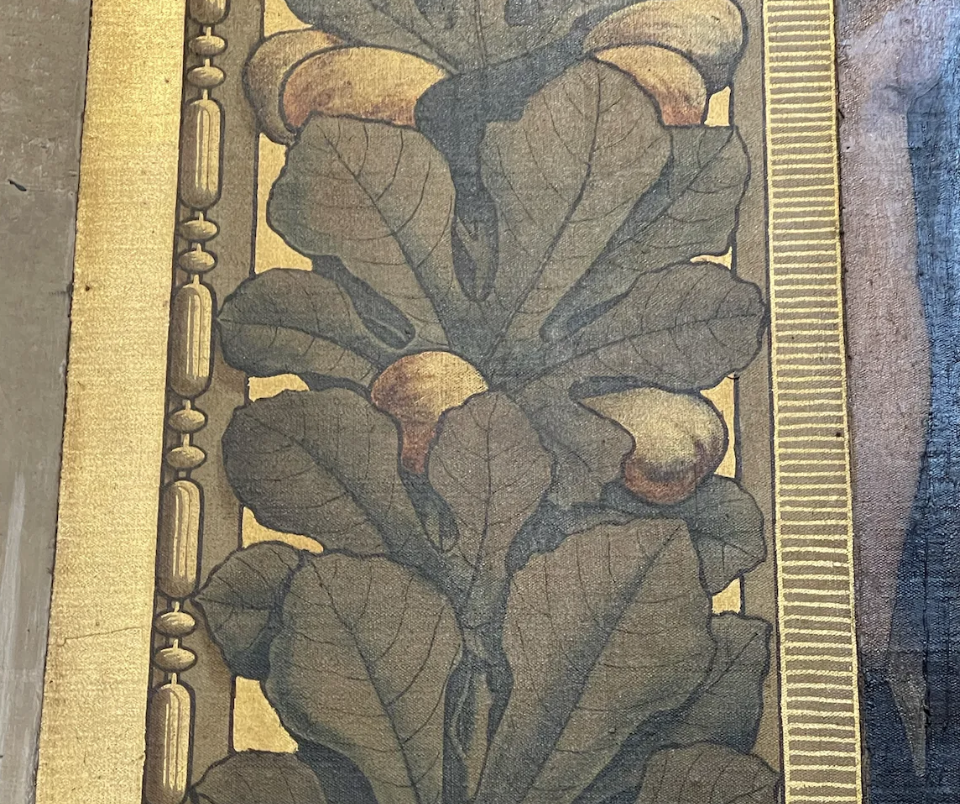
A detail from Pantheon wall paintings
Of course, I thoroughly enjoyed the city’s very own literary heritage. It was incredible to sit down in the new Shakespeare and Company Bookstore and pick up a copy of Sylvia Beach’s memoir (another incredible female entrepreneur!) featuring all the great minds of the Lost Generation. Sipping a coffee with a view of the restoration of Norte Dame was comforting, as I felt a great sense of grief and loss after the terrible fire that swallowed this magnificent building. The collective grief, but also the newly gained sense (and a reminder) of our impermanence, was almost tangible in the air in that area.
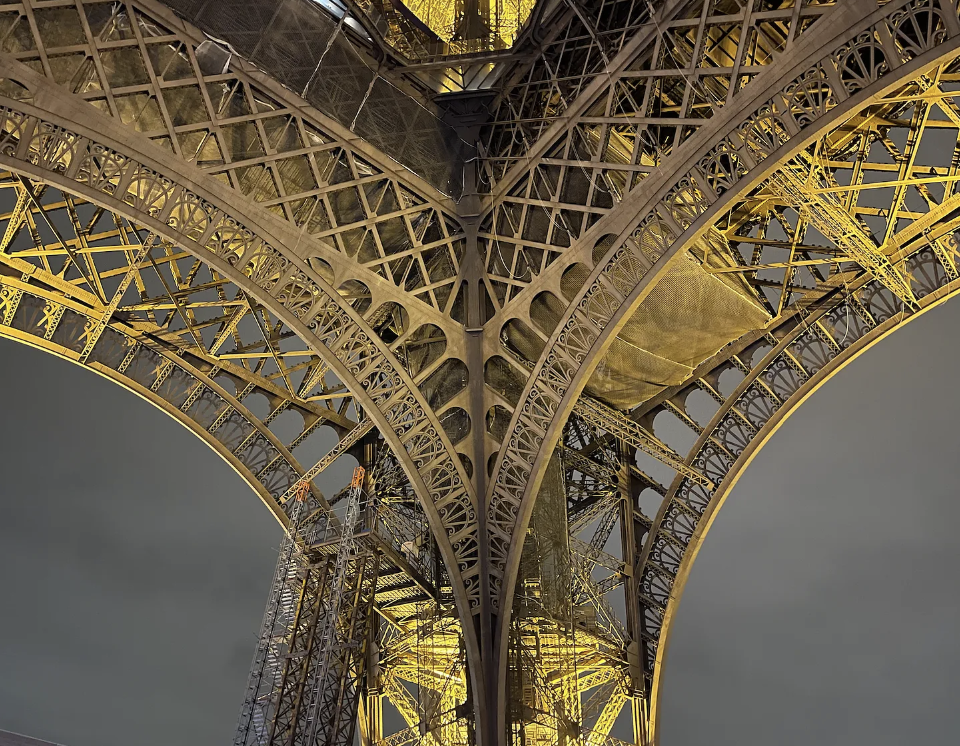
It was sublime to spend an evening walking in the park around the Eiffel Tower, watching the golden glow of the original paint now applied to the spider-web-like structure in preparation for the 2024 Olympics. I walked around listening to the resident park birds singing their evening songs. I was astonished and somewhat entertained to discover that the tower was to be taken down, and the emerging radio technologies saved it. Parisian elites disliked the structure. However, they also needed a tall building for the radio tower construction. So there we are – Eiffel Tower was saved!
There’s no doubt that the city is Grand; thus, the dominant materials are concrete, metal and glass. However, I travelled with the intention of noticing Nature in the city, even during my visit to the Louvre Museum. One can find a lot of motives, references and Nature metaphors everywhere; we just need to look out for them.
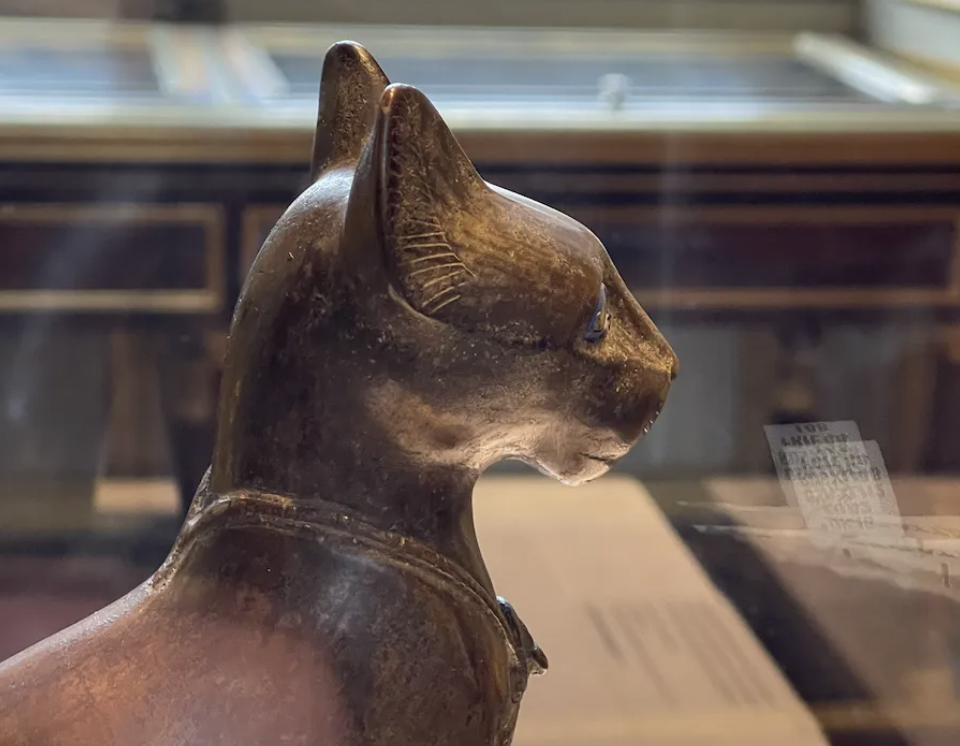
Egyptian cats are mesmerising every time I see one.
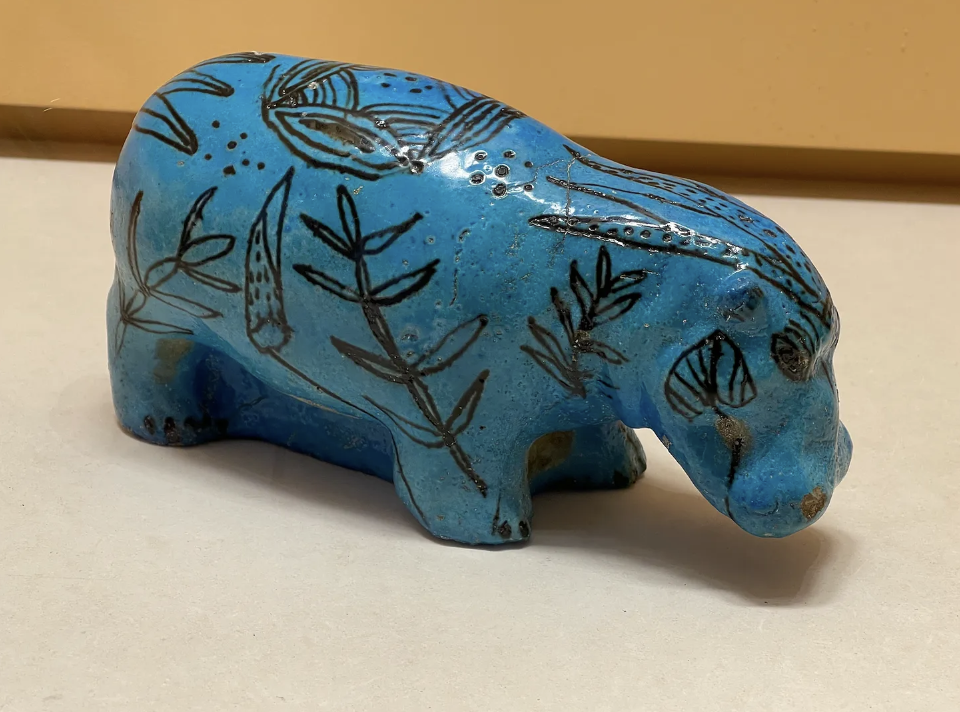
Seeing a Blue Faience Hippopotamus always melts my heart.
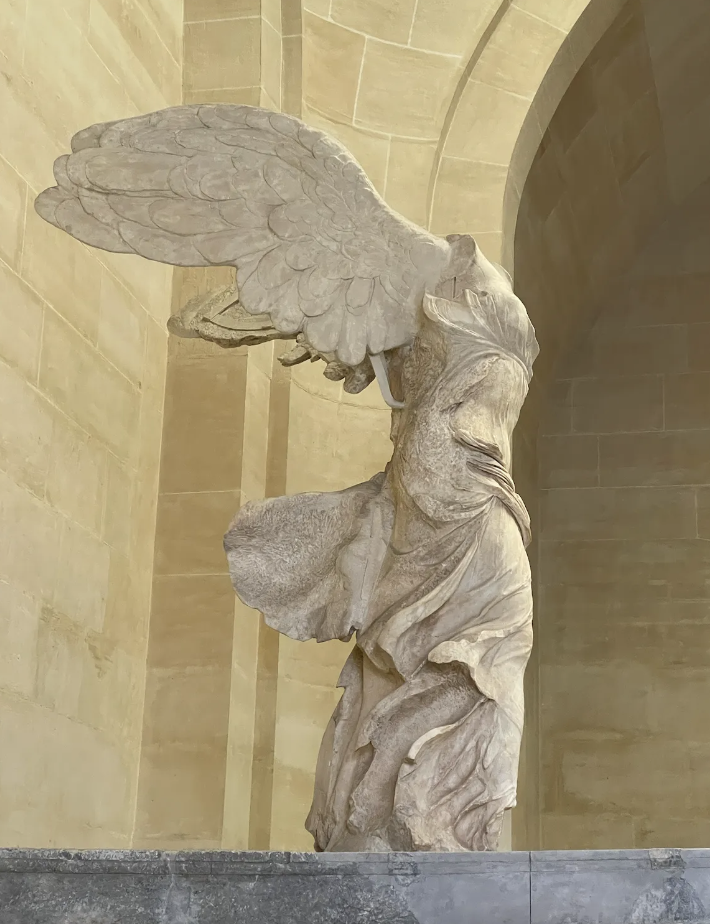
The wings of the Nike of Samothrace simply took my breath away. No matter how well-designed the museum websites (and the Louvre one is fantastic for online browsing and learning), nothing compares to the physical experience of standing face-to-face with such incredible art.
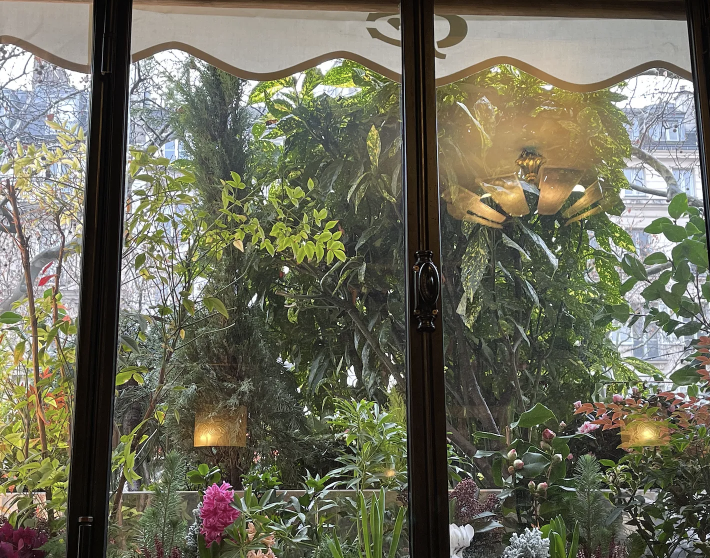
I visited the iconic Cafe de Flore for brunch to follow the Nature theme. Their first-floor seats are probably more stunning, as you can admire their excellent floral window arrangements (ah, those pink, white and red camellias!) Their mosaics were beautiful too.
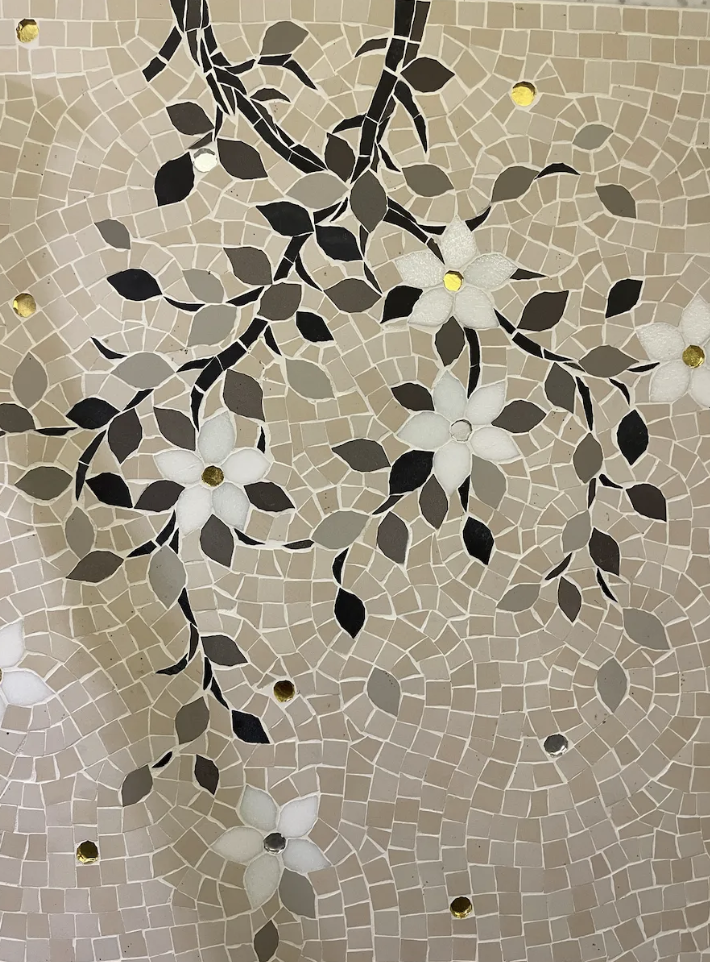
I remembered, and we all know Paris as the capital of fashion, so it was nice to spot Nature’s motives there too.
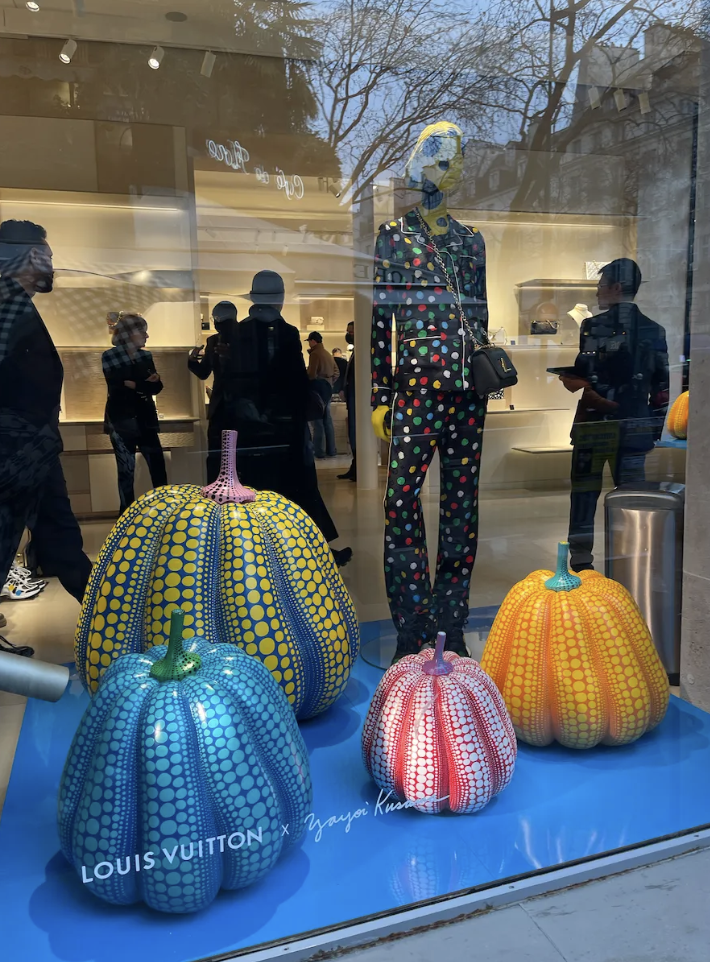
I personally really enjoyed the metalwork on gates and came away with a newly gained respect for the craftsmanship that goes into decorating the architecture of large cities.
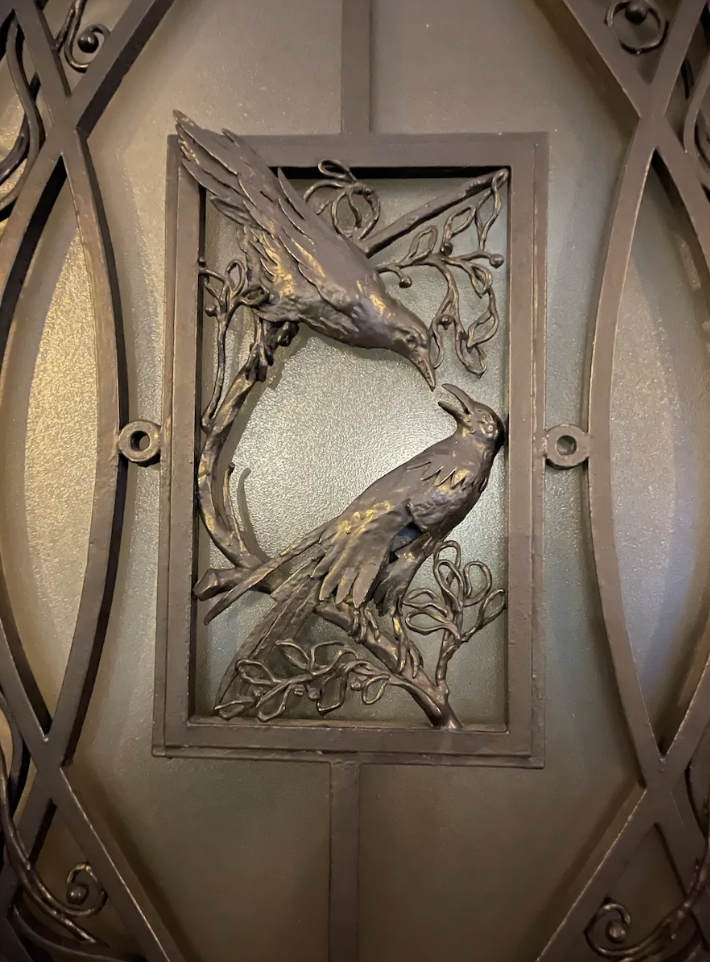
And finally, Nature was ever so present in the pockets of the city taken up by florists and garden centres. I was chuffed to pass by the Vilmorin shop (until now, I did not realise this was a French brand of seed producers).
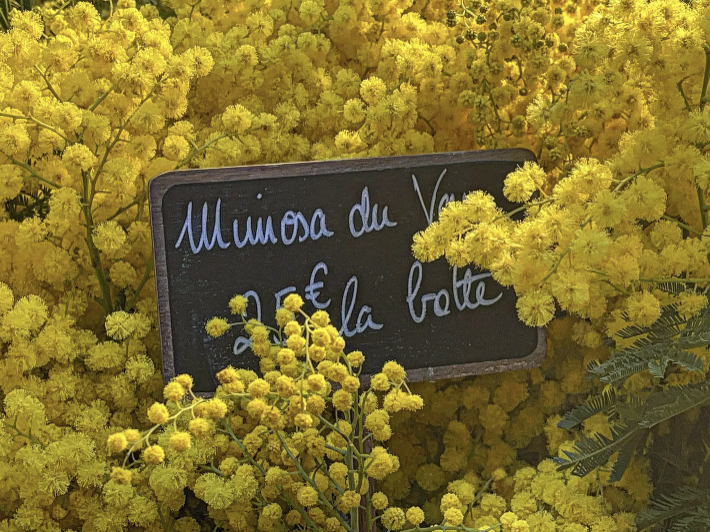
I could not get enough of the mimosa…
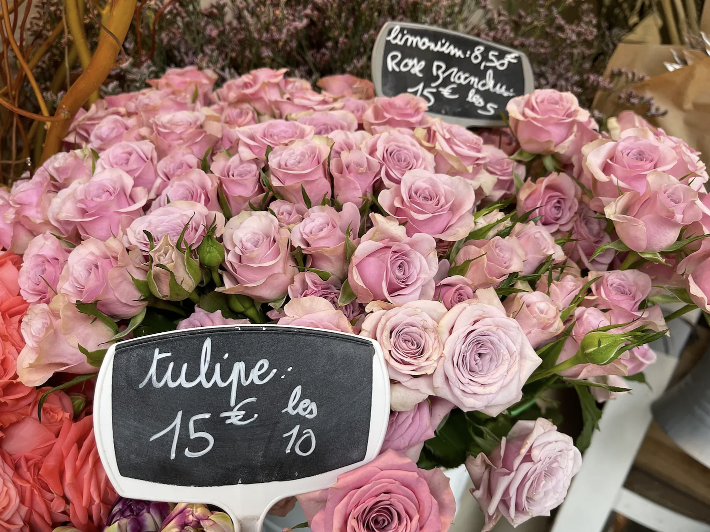
roses, tulips…
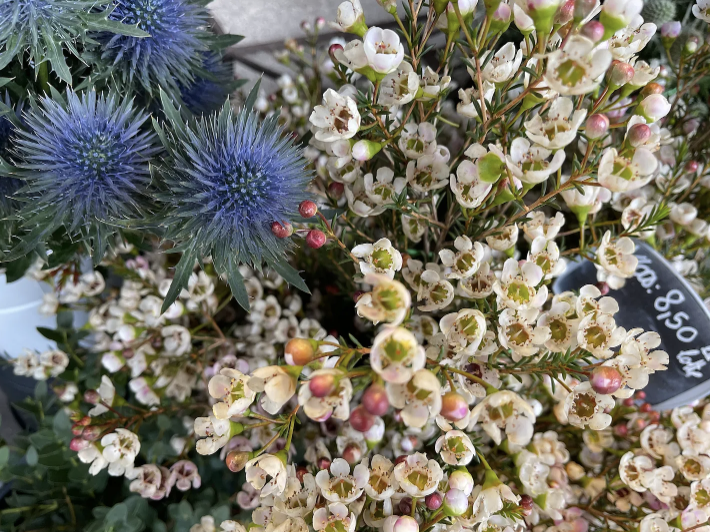
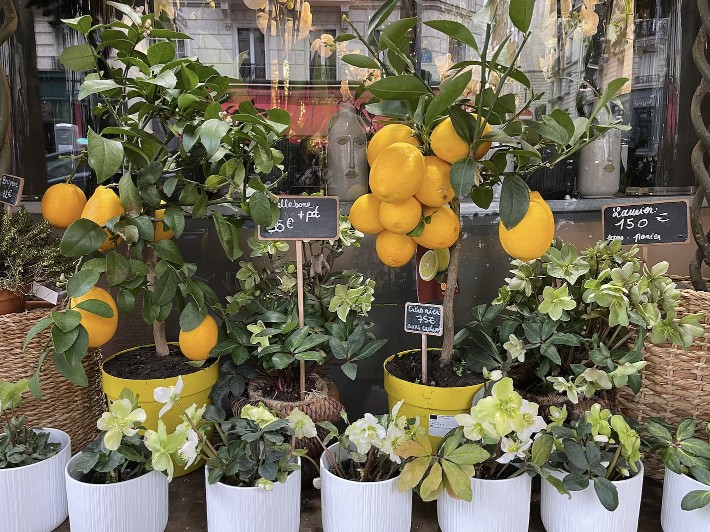
…and incredible, abundant citrus trees. Who said a trip in February would not be enjoyable?
I came back to Bristol refreshed and inspired with new ideas, but also comforted that with a good quality of attention, we can find Nature in cityscapes too.
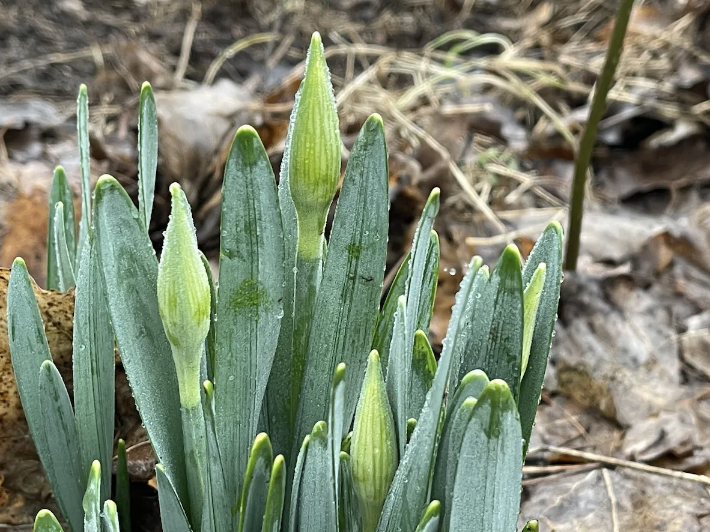
I am now back to visiting my part daffodils, eagerly awaiting their tiny buds to grow and transform into little blobs of sunshine. It’s nice to be back to my weekly and daily routines and to my own local roots too.
Reflection
While in Paris, I noticed how many people spend time on their smartphones instead of engaging in conversation in restaurants or reading a book on the metro. I feel a great sense of loss – loss of the art of silent sitting with ourselves, the art of human connection. If anywhere, it is in Paris that I enjoyed the safest, calmest and most comforting public eye contact, and now I feel that it may somehow be fading away. So today, I invite you to think about the role of the smartphone in your moments of public connection to try to shift how you use it more mindfully:
Q: Can you map out the moments in the day when you have the opportunity to connect with others – verbally or non-verbally?
Q: How often in those moments do you use a smartphone, and how and for what reason?
Q: If you weren’t using your phone, what would you be doing instead, and what are you missing out on?
Q: Out of those moments, when can you put the phone down to connect with others, listen to the birds, or people-watch mindfully instead?
Q: If you are a parent or adult spending time with young people – what modelling do you show to the generation that grew up with smartphones around them? And how could you model sitting and doing something different instead?
Q: How can you integrate using your smartphone into your day to serve you (like I did to take all those pictures) but protect the quality of contact time with yourself and others? What words can you use for that? What habits can you practice? What rituals can you introduce to support you?
(On that note, I shall put my laptop down and join my family. I am recovering from a cold, and I need to rest up today while also spending time with them. I wish you a light Sunday!)
This post was originally posted on Substack in our Syl’s Liberation Psychologies Newsletter.

